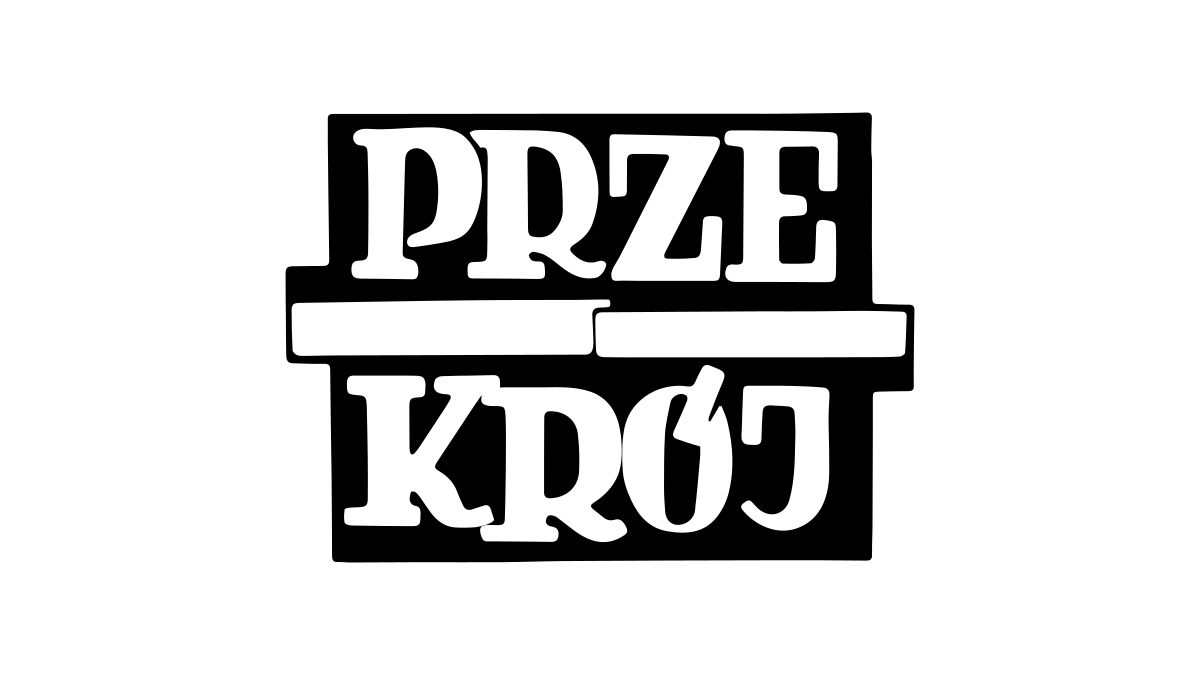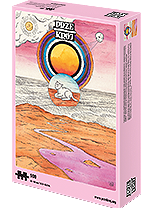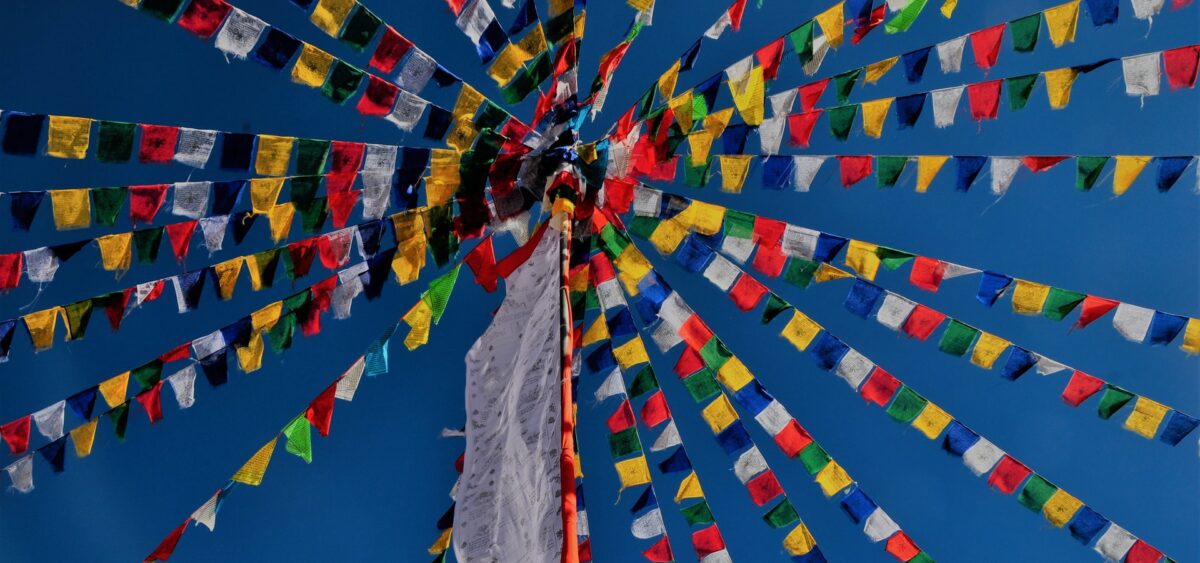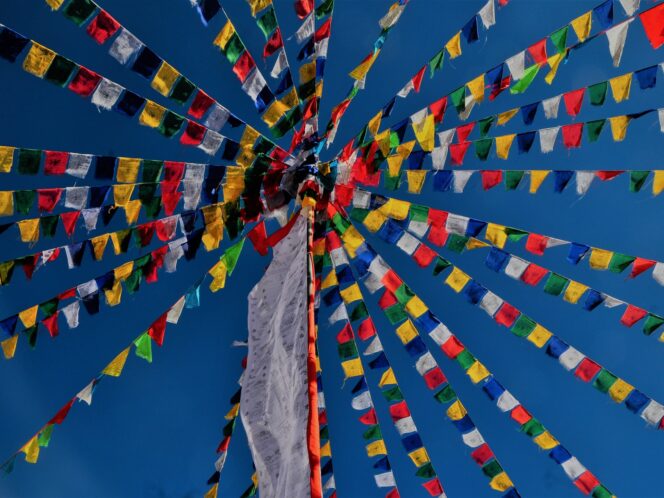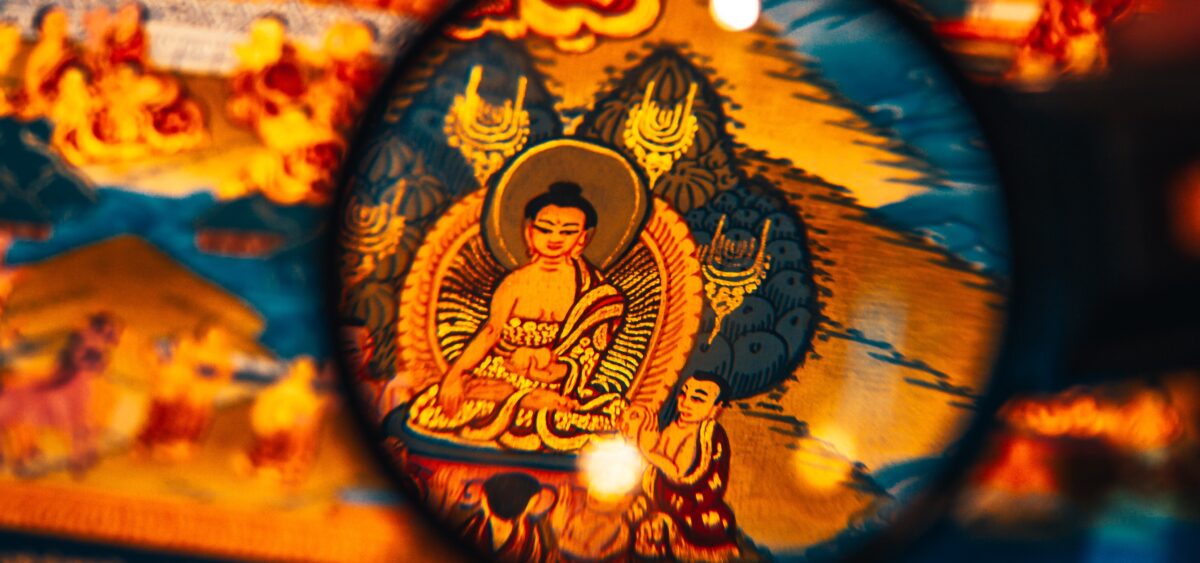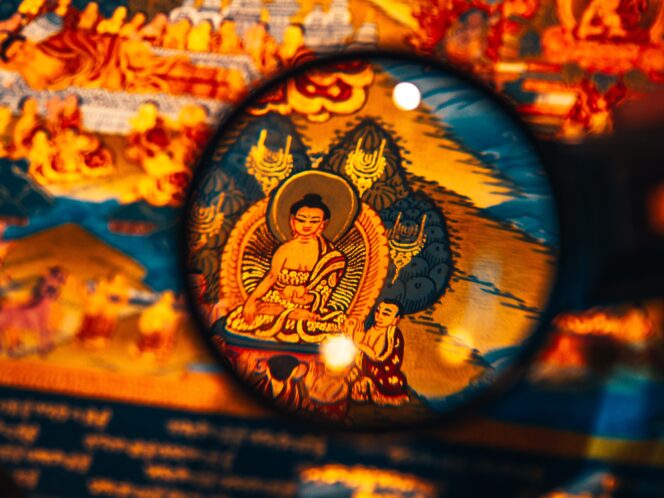
Earth, water, fire, air, and space. According to Tibetan culture, these five elements of nature are the substance of all things. The processes occurring between them create the universe and our lives.
In order to understand Tibetan medicine, astrology, or simply Tibetan spiritual traditions, we need to start from understanding the elements of nature. In Eastern culture, they belong not only to the natural world, but are also a metaphor used to describe even the smallest phenomena (including those that happen within us). Therefore, they connect macro- and microcosm, spirituality and corporeality. Tibetans also believe that the elements of nature are the embodiment of numerous deities to whom they appeal during their shamanic practices.
Right now, I am being consumed by a lack of connection with the elements, as I have been sitting in front of the monitor for a few—or even a dozen—days in my Warsaw flat, writing (or trying to write). So before I allude to the elements from the Tibetan tradition, I first need to go outside to experience them. It could be the warmth of a bonfire, ideally by the river. It would be good to swim in the sea or even look at the waves. A good breath of mountain air would work wonders. But a walk in the park must suffice.
Life passes one second after another; it is a great and complex process that consists of countless smaller processes. Besides the ones connected with the body, there are also other, non-physical processes happening within us. According to Tibetan philosophy, our body contains thousands of channels through which our life force flows. Some
